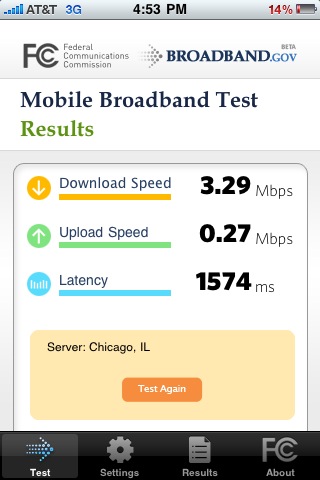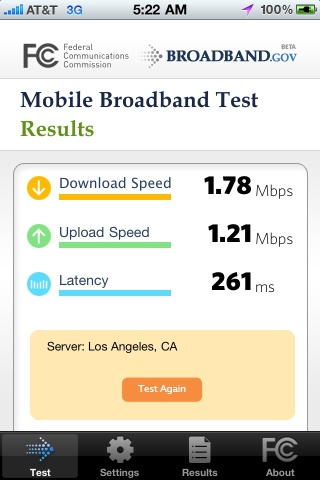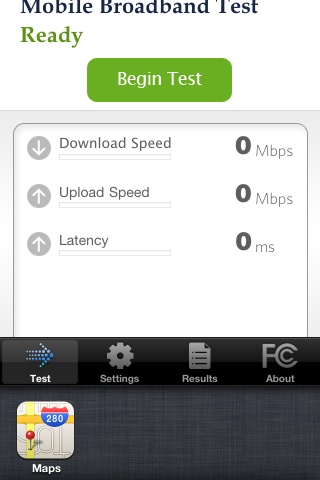Over the past two days, several reports have flooded the Internet in regards to an experienced phenomenon of the iPhone 4 dropping 3G signal when gripped in the left hand. The problem is attributed to the user’s hand serving as an electromagnetic “bridge” between the two separate antennas on the device’s outer bezel.
As Steve Jobs pointed out in his recent email reply to an ordinary iPhone 4 customer, Apple is aware of the issue and is convincing users to change their phone holding habits and adjust to new physical gripping locations.
"Gripping any phone will result in some attenuation of its antenna performance, with certain places being worse than others depending on the placement of the antennas. This is a fact of life for every wireless phone," Jobs wrote. "If you ever experience this on your iPhone 4, avoid gripping it in the lower left corner in a way that covers both sides of the black strip in the metal band, or simply use one of many available cases."
Although the cause of the issue is currently under heavy speculation at this point, we do know that this issue is certainly not new and has made previous appearances with the
that the placement of antennas is predicated partly on the FCC and carrier testing requirements. Therefore, Apple’s design isn’t entirely new to the market and the company shouldn’t be regarded as an official source of the problem.We recently took a trip to Chicago, Illinois, one of the larger metropolitan hotspots of US wireless competition that has successfully exhibited Sprint’s new 4G WiMAX network as an optimal network of choice. From what we’ve come to understand, AT&T has recently increased the city’s wireless capacity of its own 3G mobile broadband network, enabling better connectivity and speed, as well as improved in-building coverage. In particular, the company added capacity to the 850MHz spectrum on more than 700 sites and added a distributed antenna system in the Loop, which will be used in addition to the 1900MHz spectrum already serving Chicago area customers.
During our time in the region’s west suburbs, we ran the FCC’s Mobile Broadband Test and unexpectedly discovered our highest mobile broadband download speeds to date. In a world where our iPhone 3GS has never experienced a download speed higher than the 3Mbps mark, our speed test concluded at 3.29Mbps down and 0.27Mbps up with a latency of 1524ms.

It’s also important to note that our iPhone 3GS rarely ever saw speeds above the 2.20Mbps download mark and has certainly never seen upload speeds above 0.28Mbps. Mobile broadband speed tests have been run within the 24-hour length of the day in various coastal regions of Los Angeles and Orange County, as well as inland cities connecting major freeway arteries that attract large businesses and enterprises.
In contrast, our initial iPhone 4 tests in exactly the same location resulted in an average of 1.79Mbps down and 1.21Mbps up with a latency of just 260ms.


All tests were taken with only the Maps and FCC Broadband Test apps open in the background
Where there is a freeway, there are usually multiple cell towers planted within close proximity to them. As such, we’ve been able to observe that the iPhone 4 significantly performs the iPhone 3GS at reduced latency on both freeways and dense suburban neighborhoods within the area. Whether or not these performance improvements will remain consistent over the next few months is difficult to forecast at this point. We are incredibly impressed that Apple's new dual antenna design was able to separate WiFi/GPS radios from UMTS, resulting in nearly impeccable navigation and increased data upload speeds.
Even though the company explicitly mentioned its accomplishments during the WWDC 2010 keynote, we have to hand it to Apple's package engineers for developing an AT&T network-friendly antenna system that maximizes upload speeds and minimizes overall latency.

